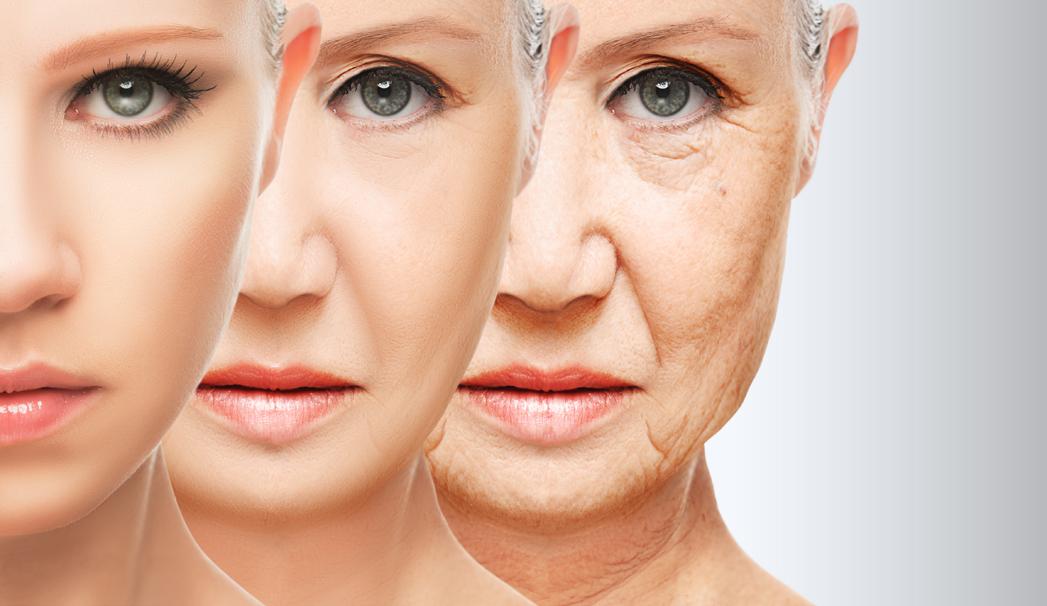
2 minute read
DECADES OF BEAUTY: ACHIEVING AESTHETIC GOALS THROUGHOUT THE LIFESPAN
DECADES OF BEAUTY: ACHIEVING AESTHETIC GOALS THROUGHOUT THE LIFESPAN
Joel L. Cohen MD, Greg J. Goodman MD, Ada Trindade De Almeida MD, Derek Jones MD, Jean Carruthers MD, Pearl E. Grimes MD, Maurício de Maio MD, Arthur Swift MD, Nowell Solish MD, Steven Fagien MD, Alastair Carruthers MD, Sara Sangha PhD
Online Version of Record before inclusion in an issue (August 2023)
BACKGROUND:
Several elements, including age, influence judgments of beauty and attractiveness. Ageing is affected by intrinsic factors (e.g., genetics, race/ethnicity, anatomical variations) and extrinsic factors (e.g., lifestyle, environment).
AIMS:
To provide a general overview of minimally invasive injectable procedures for facial beautification and rejuvenation to meet the aesthetic goals of patients across their lifespan, organised by decade.
METHODS:
This case study review describes aesthetic considerations of females in their third to sixth decade of life (i.e., 20–60 years of age or beyond). Each case study reports the treatments, specifically botulinum toxin type A and soft tissue fillers, used to address aesthetic concerns.
RESULTS:
Signs of ageing, as well as aesthetic goals and motivations, vary by age groups, cultures, and races/ethnicities. However, there are overarching themes that are associated with each decade of life, such as changes in overall facial shape and specific facial regions, which can be used as a starting point for aesthetic treatment planning. Appropriate patient selection, thorough aesthetic evaluation, product knowledge, and injection technique, as well as good physician-patient communication, are essential for optimal treatment outcomes.

CONCLUSION:
Non-surgical facial injectable treatments can successfully enhance and rejuvenate facial features across different age ranges. A comprehensive understanding of facial ageing and the aesthetic considerations of patients by the decade contributes to optimal treatment planning and maintenance.











